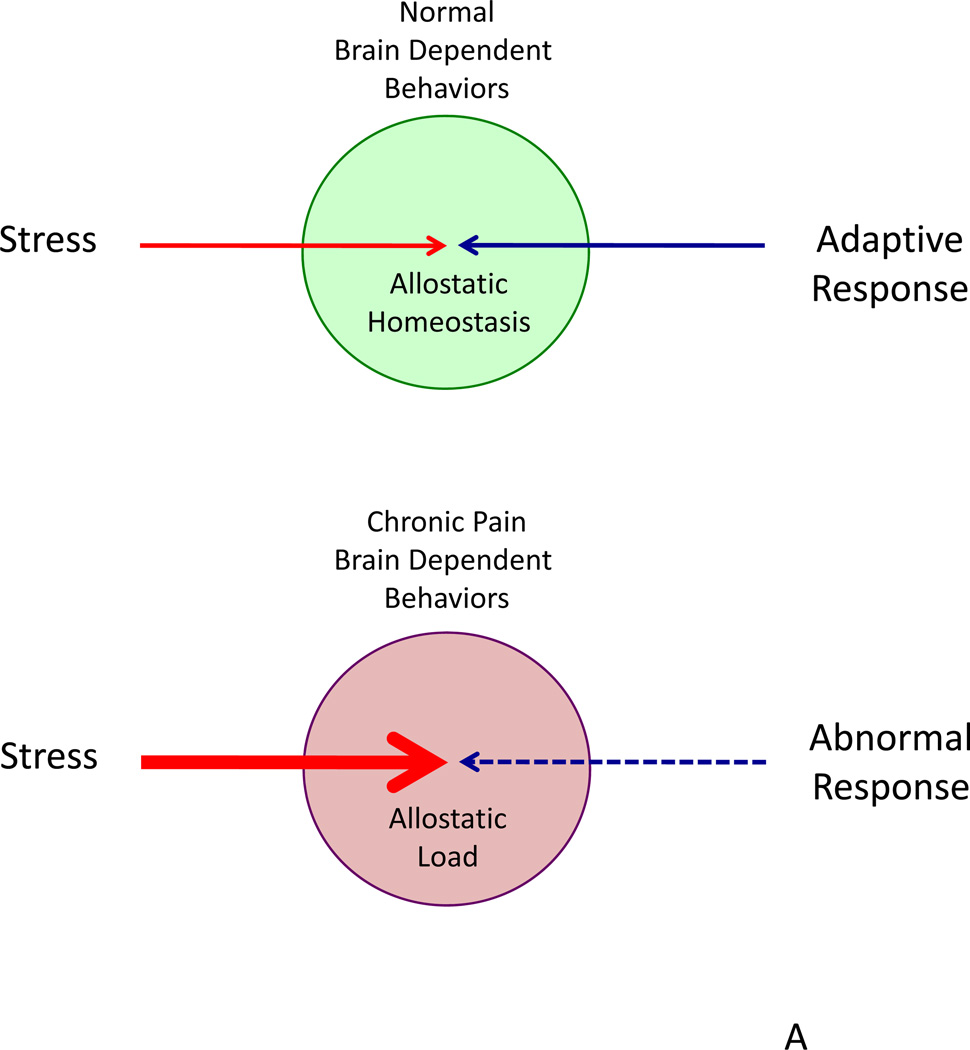Figure 3. Brain Dependent Changes in Chronic Pain.
Top: A model of stress and allostasis in chronic pain. Under normal conditions, adaptive responses occur to a stressor (e.g., nociceptive pain). However, with stressors that results in ongoing process (e.g., neuropathic pain), responses become abnormal and maladaptive with changes in brain dependent behaviors (e.g., onset of depression or depression induced chronic pain).
Bottom: The figure shows containment and normal adaptive processing to various stressors (noted below in the key); these normal responses are balanced and adaptive (adapt to ‘homeostatic set-point’) over time. In chronic pain responses may be exaggerated (out of ‘homeostatic set-point’) or inhibited. In a multidimensional biological process such as chronic pain each of these stressors may affect an individual differently as represented in the ‘bar-code’ noted on the right.


